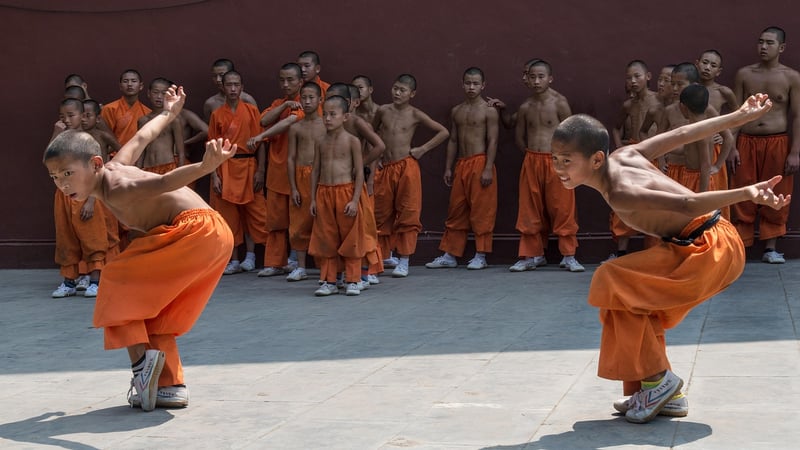Kung Fu
The Art of Kung Fu: Discipline, Self-Defense, and Structured Movement
Kung Fu, an ancient Chinese martial art, is not just about fighting; it encompasses discipline, self-defense, and structured movement. Practiced by millions worldwide, Kung Fu is a holistic approach to physical and mental well-being.
Benefits of Practicing Kung Fu
1. Discipline: Kung Fu instills discipline through rigorous training routines and adherence to a code of ethics.
2. Self-Defense: Kung Fu equips practitioners with self-defense techniques to protect themselves and others in threatening situations.
3. Physical Fitness: Kung Fu enhances strength, flexibility, and endurance, promoting overall physical health.
4. Mental Focus: Through precise movements and concentration, Kung Fu cultivates mental focus and clarity.
Structured Movement in Kung Fu
Kung Fu emphasizes structured movement patterns that combine agility, speed, and power. Practitioners learn forms, or sequences of movements, that mimic combat scenarios and improve coordination.

Each form in Kung Fu has a specific purpose, whether it is to develop fluidity, strength, or defensive techniques. The precise execution of these movements requires focus and control.
Training in Kung Fu
Kung Fu training typically involves a combination of basics practice, forms training, partner drills, and sparring. Beginners start with fundamental stances and techniques, gradually advancing to more complex movements.
Mastering Kung Fu requires dedication, patience, and perseverance. With consistent practice, practitioners can improve their skills and reach higher levels of proficiency.
Conclusion
Whether you seek discipline, self-defense skills, physical fitness, or mental focus, Kung Fu offers a comprehensive approach to holistic well-being. Embrace the art of Kung Fu to cultivate your mind, body, and spirit.

